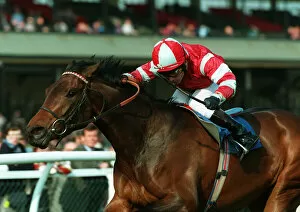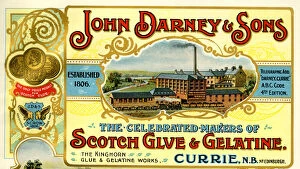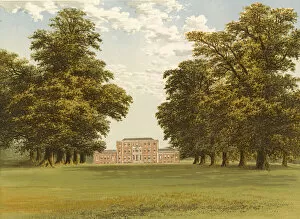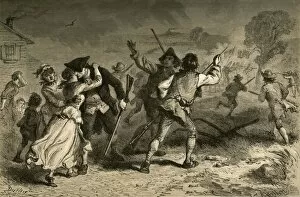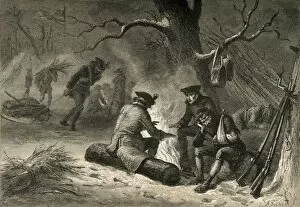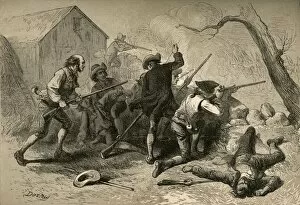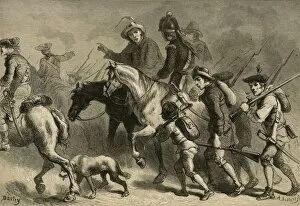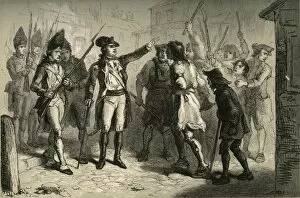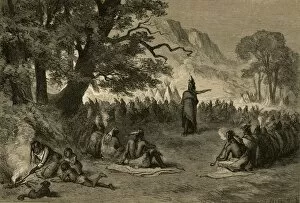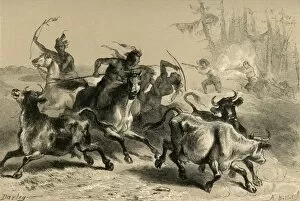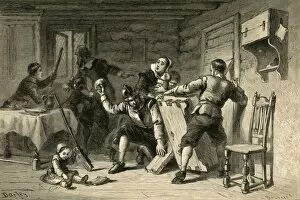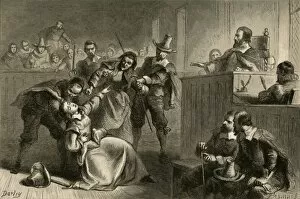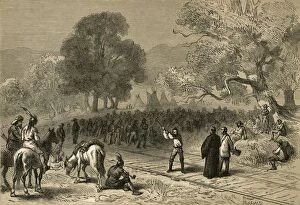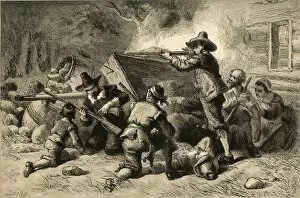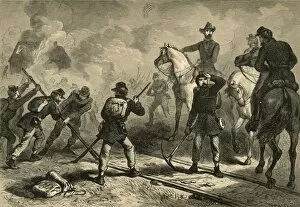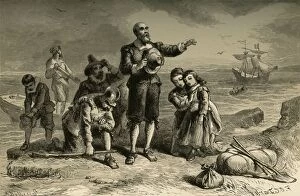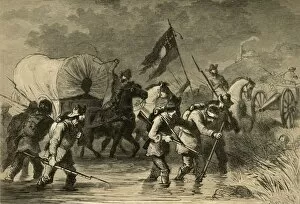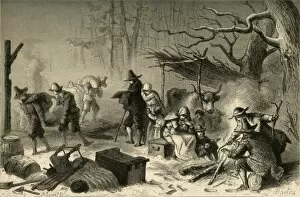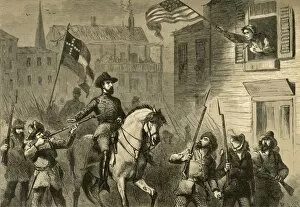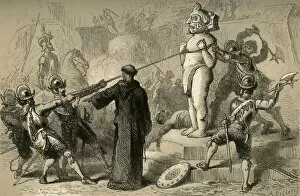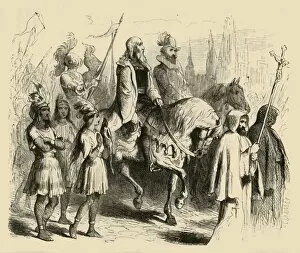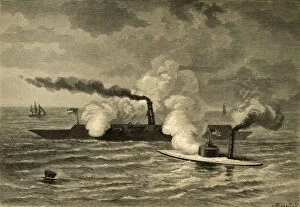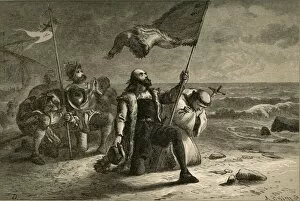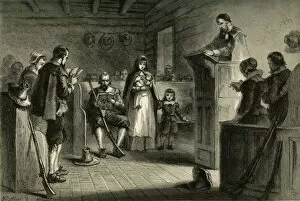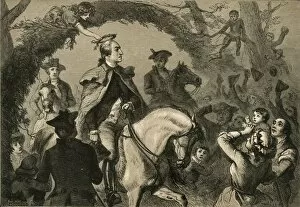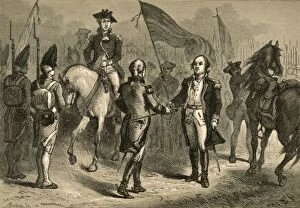Darley Collection (#2)
"Exploring the Darley Legacy: From Arabian Horses to Revolutionary Artillery and Beyond" Discover the fascinating tale of "Darley
For sale as Licensed Images
Choose your image, Select your licence and Download the media
"Exploring the Darley Legacy: From Arabian Horses to Revolutionary Artillery and Beyond" Discover the fascinating tale of "Darley, " a name intertwined with diverse historical events and locations. It all began in 1720 when The Darley Arabian, a renowned stallion, left an indelible mark on horse breeding. Fast forward to the French and Indian War, where moving artillery played a crucial role – perhaps inspired by this majestic creature. In West Yorkshire, England, lies Darley Street—a testament to the enduring influence of this name. Meanwhile, Eclipse emerges as another notable figure associated with Darley; his exceptional racing prowess still echoes through time. The arrival of Colonel Henry Knox during the American Revolution further solidifies Darley's connection to significant moments in history. As George Washington, Patrick Henry, and Edmund Pendleton embarked on their journey to the First Continental Congress in Philadelphia in 1774, artist Felix Octavius Darley immortalized their travels through his steel engravings. Moving beyond politics but staying within artistic realms is Irving's Sleepy Hollow illustration from 1820—an iconic portrayal of Ichabod Crane that captivates audiences even today. Hiawatha fishing for Nahma also comes alive through colored engraving by none other than Felix O. C. Darley—an artist whose talent knew no bounds. During North Carolina's Regulators revolt in 1771, Edmund Fanning attempted pacification along Eno River near Hillsborough—depicted vividly in a wood engraving credited to Felix O. C. Darley himself. Even battles like Bull Run couldn't escape the association with "Darley. " Its mention evokes images of conflict and bravery etched into history forevermore. From Manchester's streets adorned with namesakes like Darley Avenue to Barnsely S70 maps showcasing its reach across regions—the legacy lives on well into modern times.

